Caves have captivated human beings for centuries, acting as natural museums that preserve the geological wonders and histories of our planet. These enigmatic formations offer a glimpse into the earth’s unknown terrains, inviting curious adventurers and scientists alike to unravel their mysteries. Recognized for their exceptional beauty and geological significance, several caves around the globe have earned a spot on the prestigious UNESCO World Heritage list. This article explores these natural wonders, delving into the distinctive features that make them truly extraordinary.
The Allure of Caves
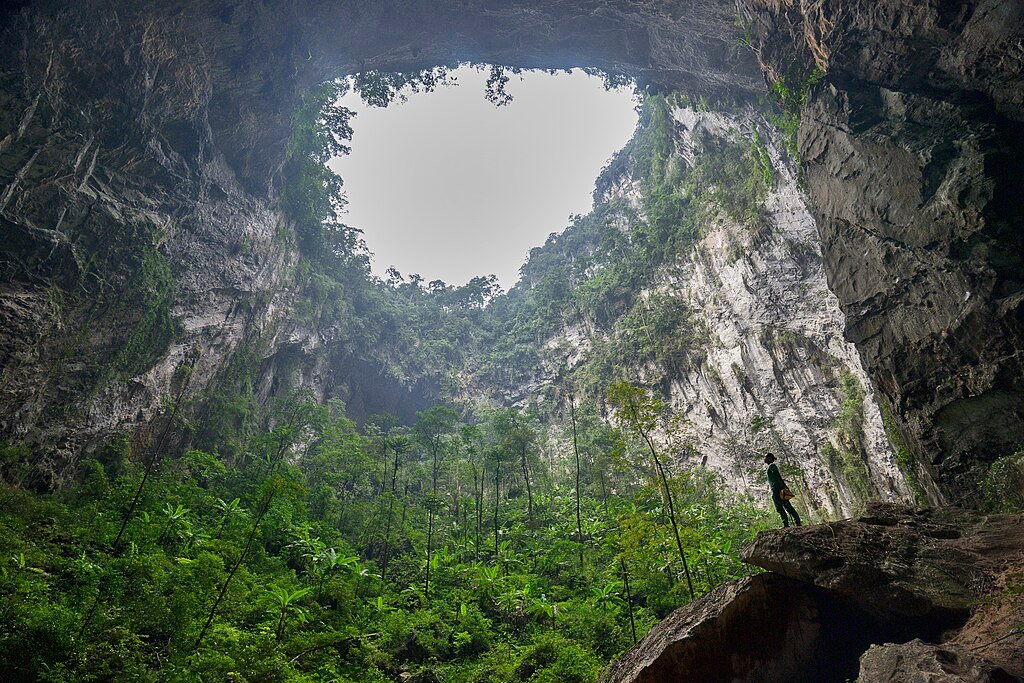
Caves have long been shrouded in mystery due to their often remote and inaccessible locations. The shadows and depths hold the secrets of the earth’s past, with geological formations that tell unique stories of history, climate, and the organisms that once inhabited them. Each cave has its own unique features, from stunning stalactites and stalagmites to crystal-clear underground lakes, drawing in experts and enthusiasts from around the world.
UNESCO’s Role in Cave Conservation

The United Nations Educational, Scientific and Cultural Organization (UNESCO) plays a critical role in protecting and preserving cave sites of significant natural heritage. By recognizing caves as World Heritage Sites, UNESCO ensures they receive the attention and resources needed to maintain their integrity, both for their scientific value and for future generations to explore and enjoy.
Mammoth Cave National Park, USA
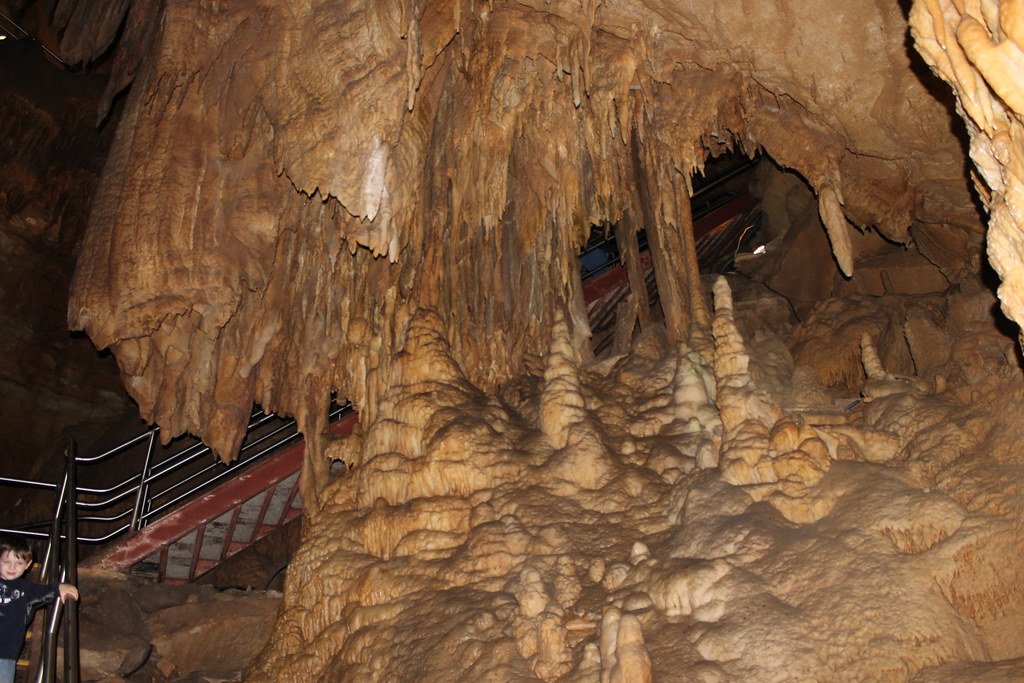
One of the most remarkable cave systems in the world is the Mammoth Cave in Kentucky, USA. Known for being the longest cave system on record, it provides an expansive network of passageways that stretch over 400 miles. Recognized by UNESCO for its extensive labyrinth of caves, Mammoth Cave is a natural phenomenon teeming with diverse ecosystems and stunning rock formations.
Škocjan Caves, Slovenia

The Škocjan Caves in Slovenia are a dazzling blend of geological and biological wonder. As a UNESCO World Heritage Site, these caves feature one of the largest underground canyons in the world. Visitors can witness the impressive subterranean chambers, which are home to a variety of wildlife and endemic species, creating a dynamic ecosystem rarely seen elsewhere.
Carlsbad Caverns National Park, USA
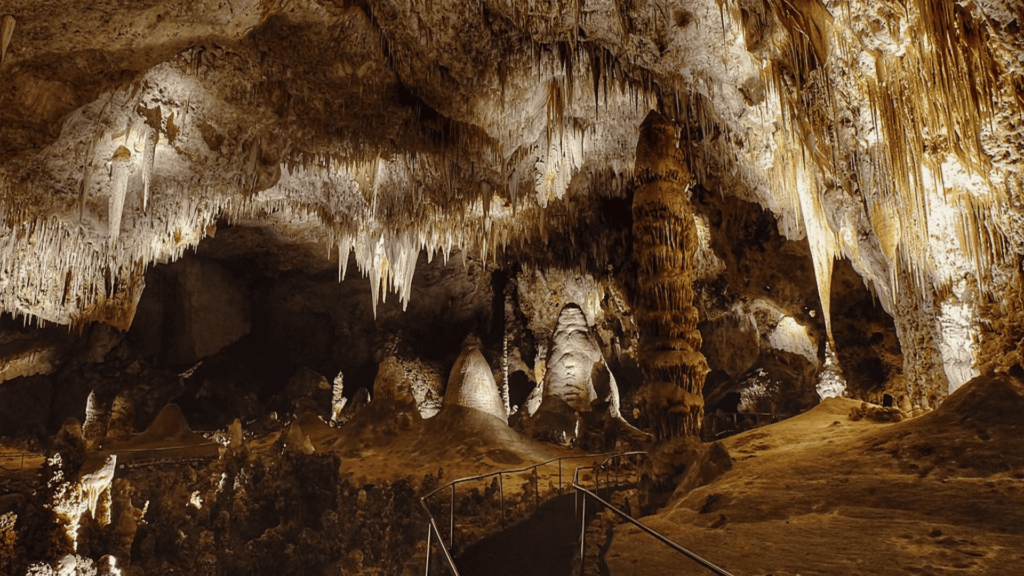
Located in New Mexico, Carlsbad Caverns is a mesmerizing underground marvel composed of more than 119 caves. Known for its striking limestone formations, this park attracts thousands of tourists annually. The giant underground chambers, like the Big Room, captivate visitors with large stalagmites, stalactites, and delicate cave pearls.
Jeju Volcanic Island and Lava Tubes, South Korea
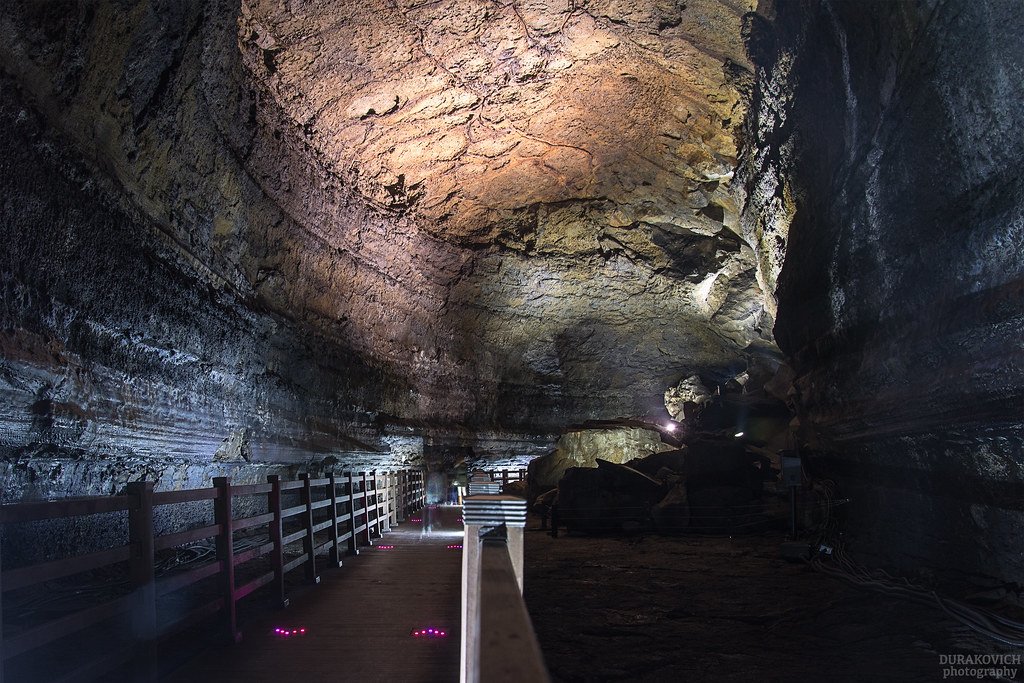
This mysterious network of lava tubes located on Jeju Island in South Korea is a UNESCO World Heritage Site known for its excellent preservation and striking beauty. The tubes were formed by volcanic activity and display fascinating features, including diverse lava structures and picturesque cave scenery. They provide a critical habitat for native species and are of immense geological interest.
Cueva de las Manos, Argentina

Cueva de las Manos, meaning “Cave of Hands,” is famous not merely for its geological formations but for the prehistoric artwork that adorns its walls. The cave features hand prints dating back 9,000 years, offering significant anthropological insights into early human civilization in South America. This unique integration of art and nature earned it a place on the UNESCO list.
Gorham’s Cave Complex, Gibraltar
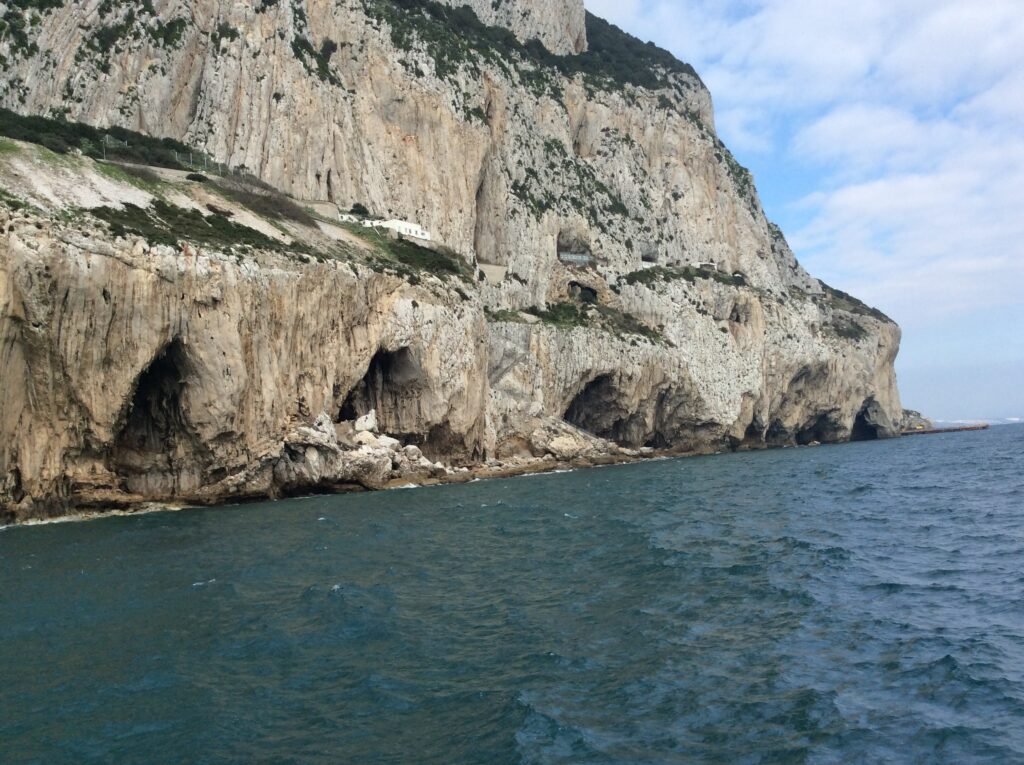
The Gorham’s Cave Complex is a treasure trove of archaeological features, with a record of Neanderthal occupation over tens of thousands of years. The site provides invaluable insights into the life and activities of Neanderthals, making it one of the most significant points of interest in the study of ancient human history. Its limestone caves form a crucial part of the biodiversity and geological study.
Wulingyuan Scenic and Historic Interest Area, China

This UNESCO-listed area is renowned for its immense natural beauty, comprising over 3,000 sandstone pillars and peaks, as well as serene caves and gorges. The caves are not only visually stunning but are also of vital geological interest, contributing to Wulingyuan’s designation as a World Heritage Site thanks to their unique karst formations.
Postojna Cave, Slovenia
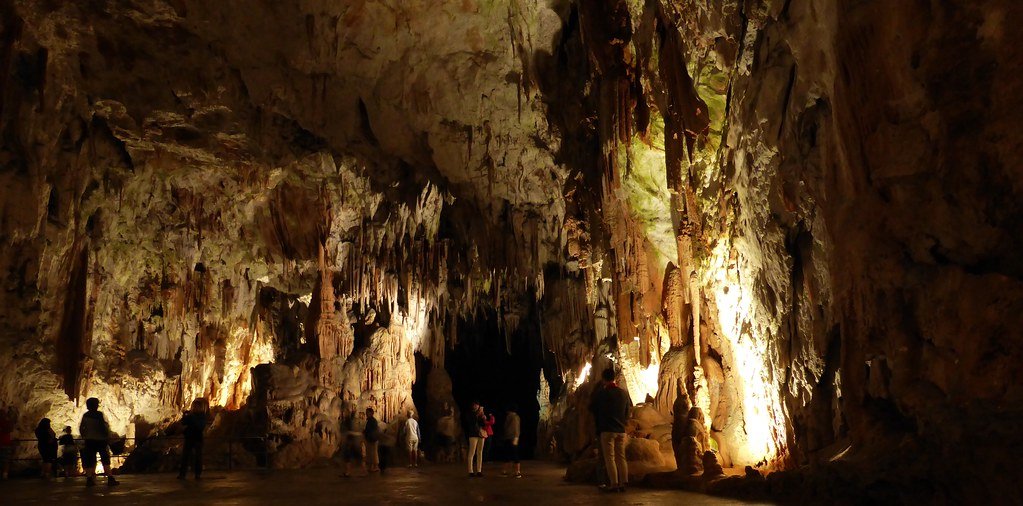
Famed for its breathtaking stalactitic chambers, Postojna Cave is one of Slovenia’s most explored underground wonders. With 24,340 meters of mapped passageways, it’s an intricate labyrinth attracting millions of visitors who marvel at its size and beauty. A rare species, the olm, resides in these waters, further highlighting the ecological significance of this renowned cave.
The Legacy of Cave Conservation
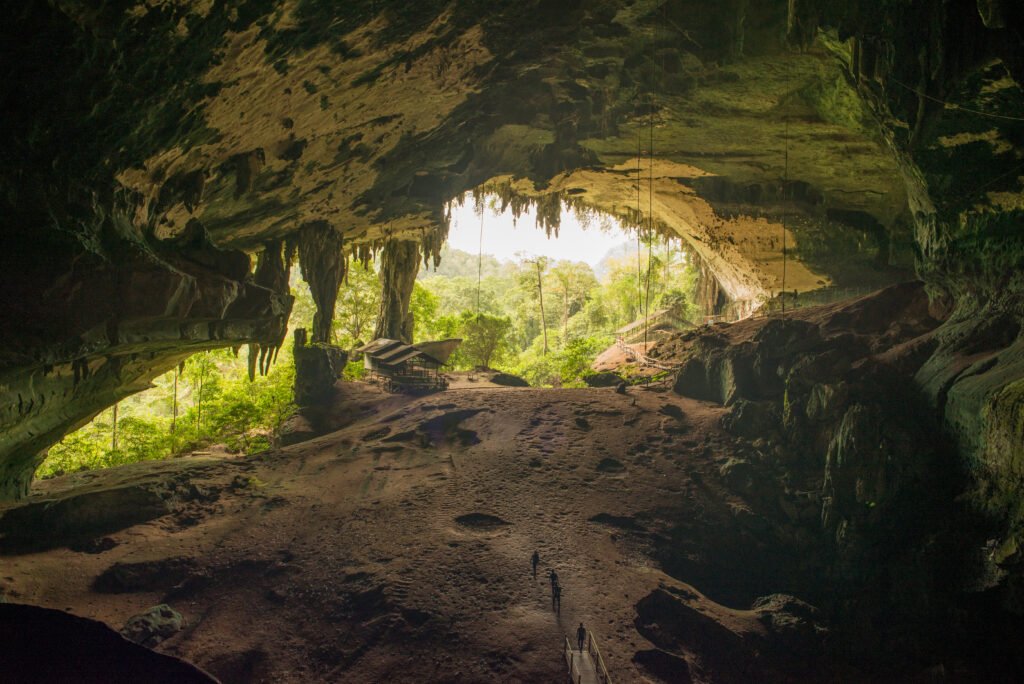
The preservation of these awe-inspiring caves not only safeguards their unique natural beauty and biodiversity but also enriches our understanding of the earth’s geological and cultural history. By exploring these subterranean wonders, we gain insights into past climates, geological processes, and even prehistoric human life. The ongoing work of UNESCO in conserving these sites ensures that these caves continue to inspire and educate future generations.
Conclusion
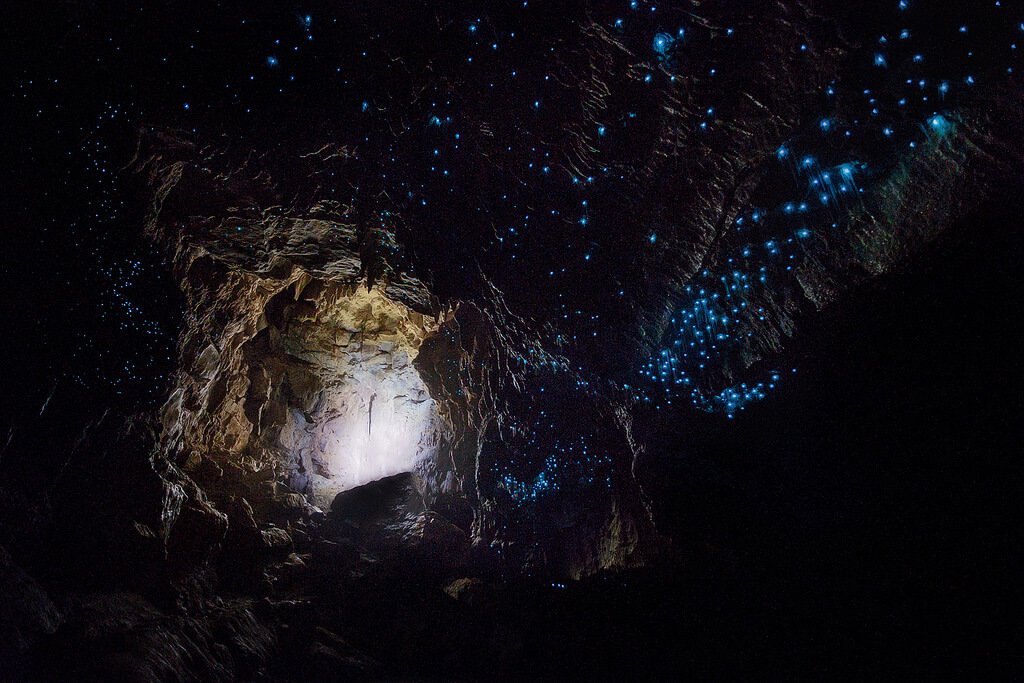
UNESCO-recognized caves stand as testaments to the powerful forces of nature and time. From the mammoth networks of Kentucky to the intricate lava tubes of Jeju Island, these underground marvels fascinate and educate those who venture into their depths. By preserving these natural wonders, we not only protect biodiversity and geological treasures but also honor the human stories etched into ancient cave walls. Bridging the past and present, these mysterious caves inspire continued exploration and discovery, reminding us of our planet’s profound natural heritage.



